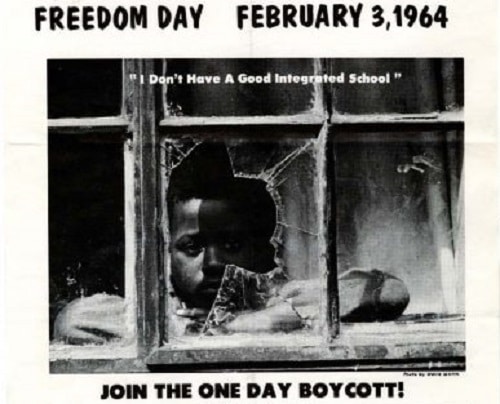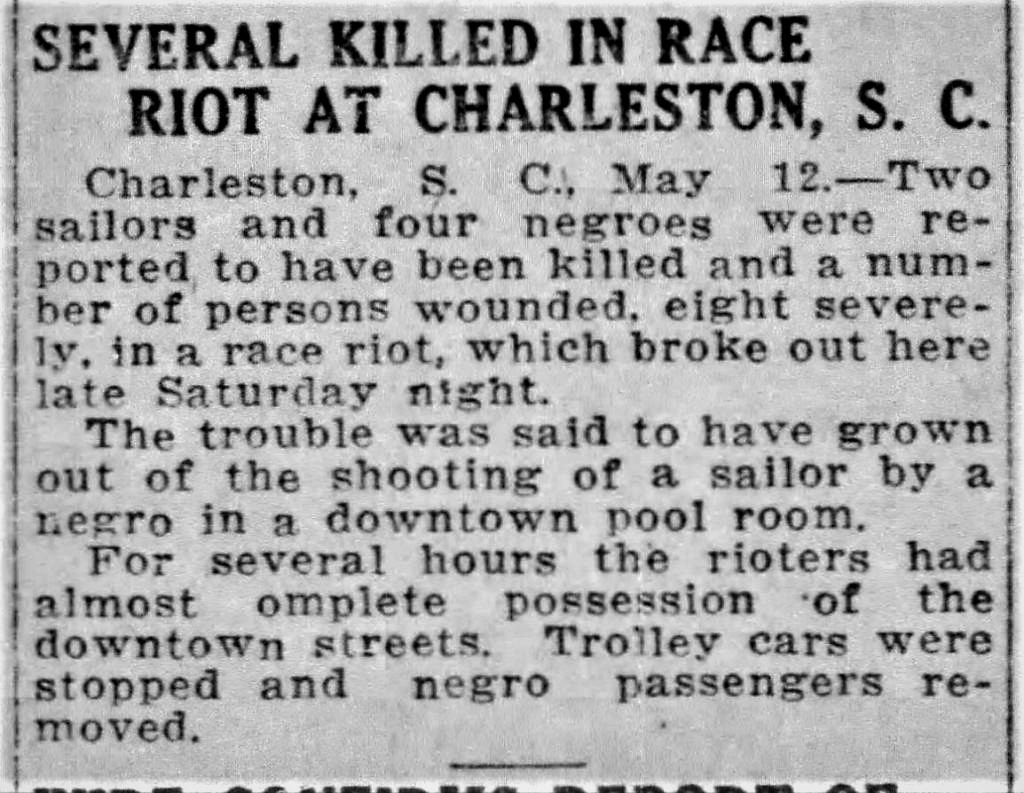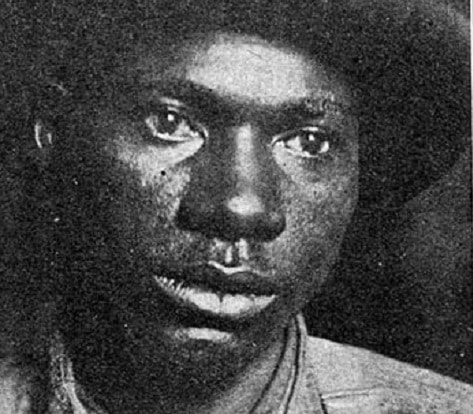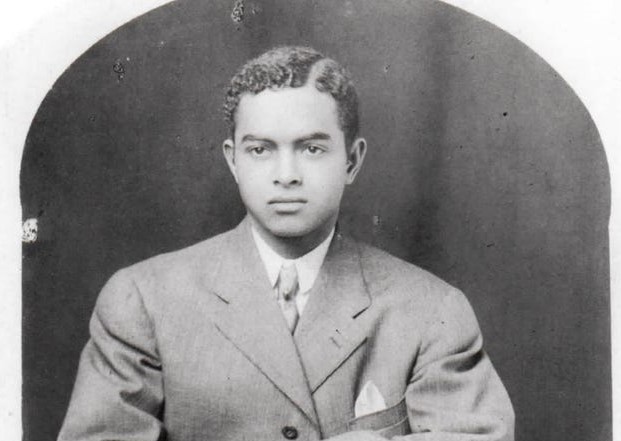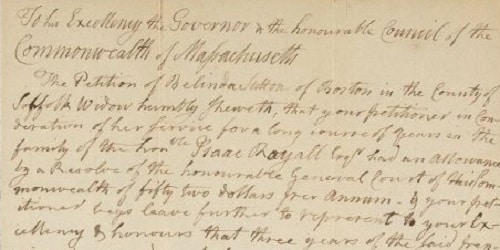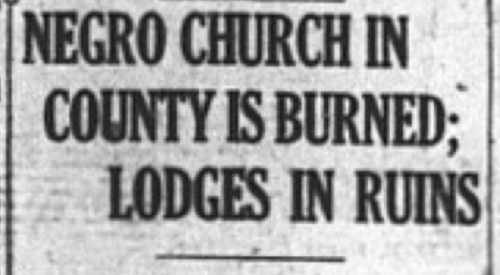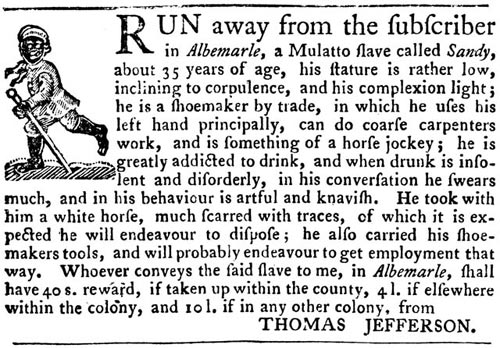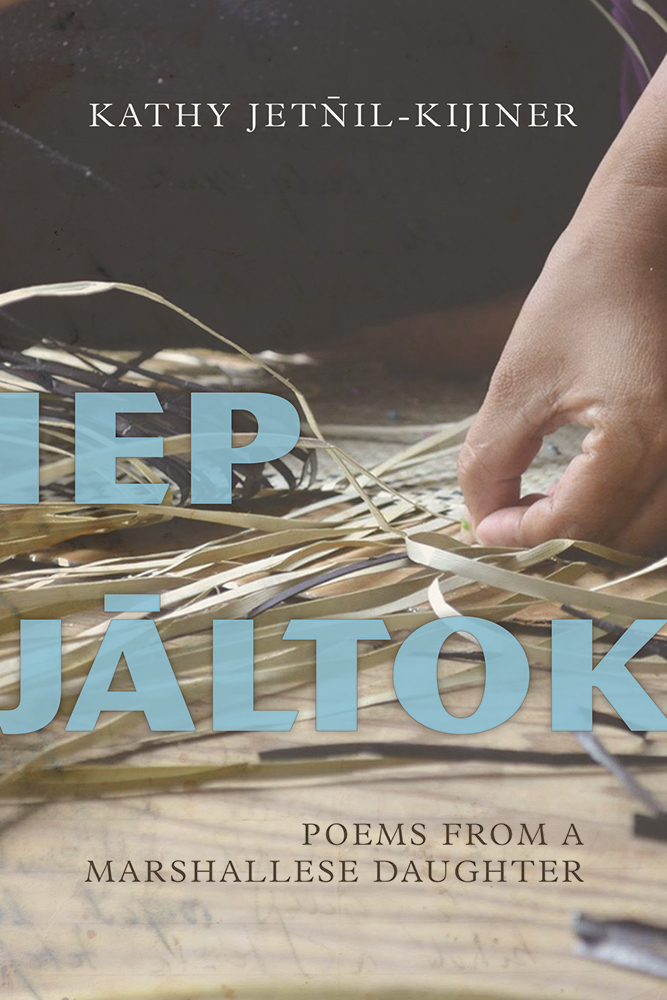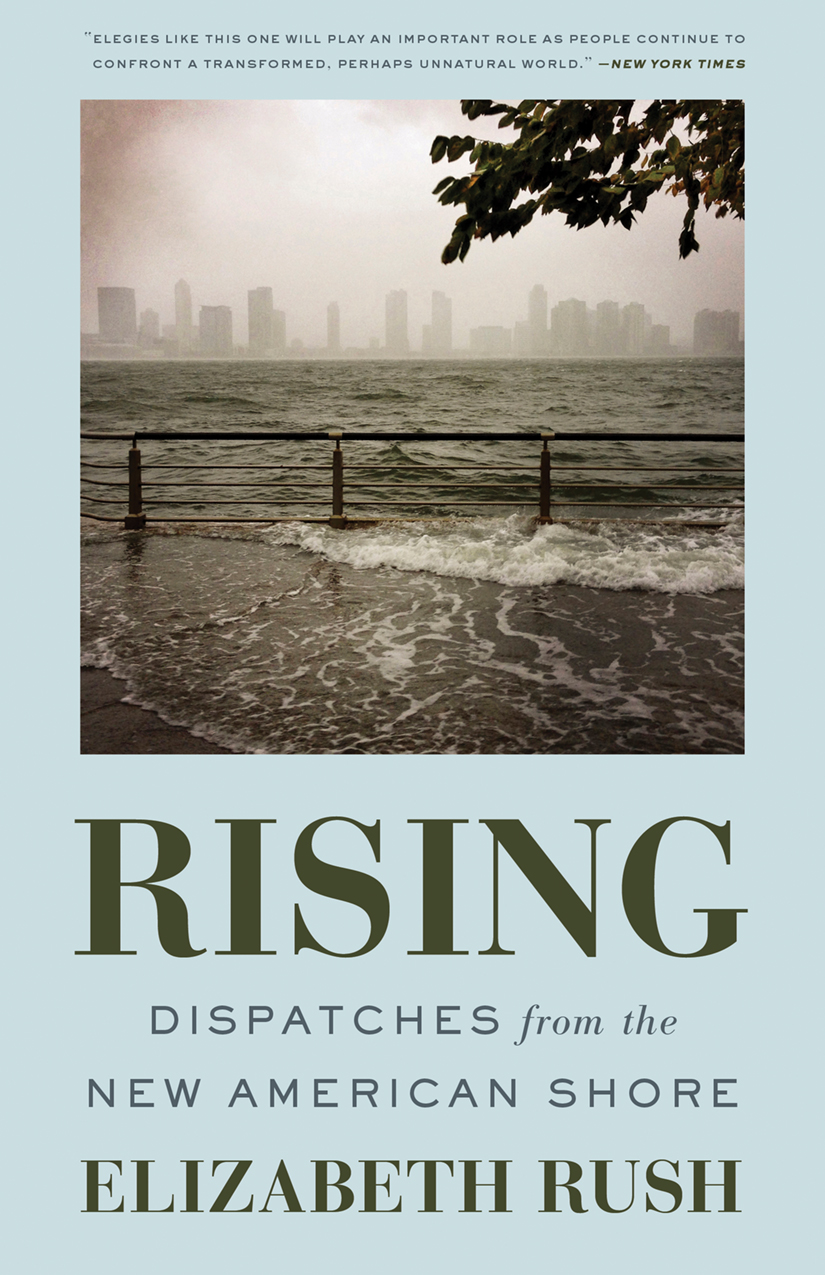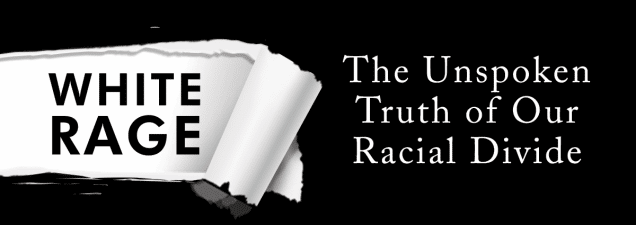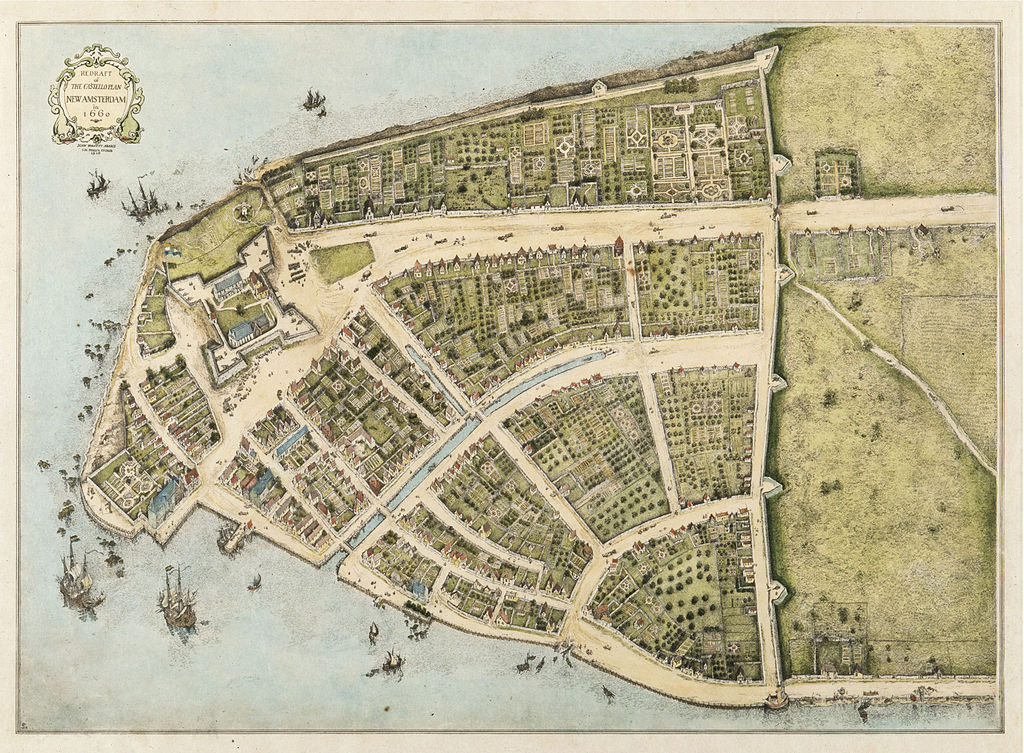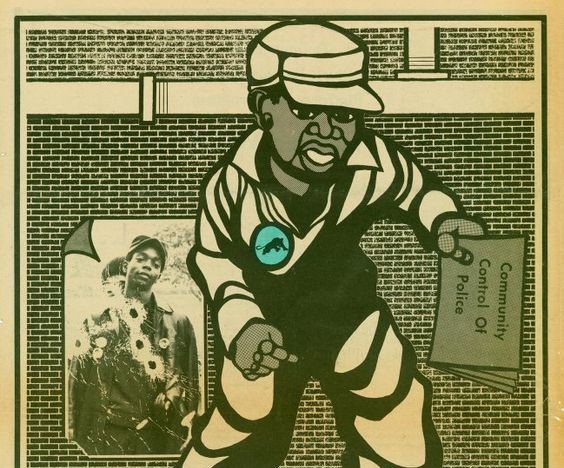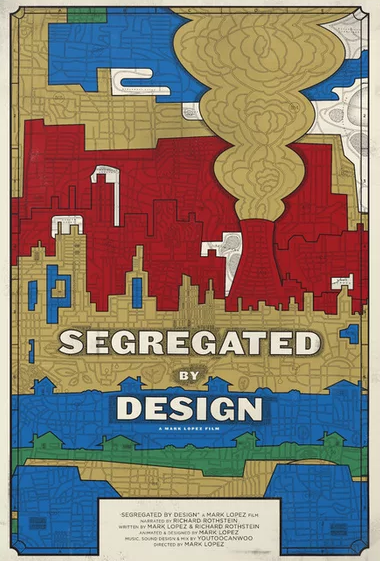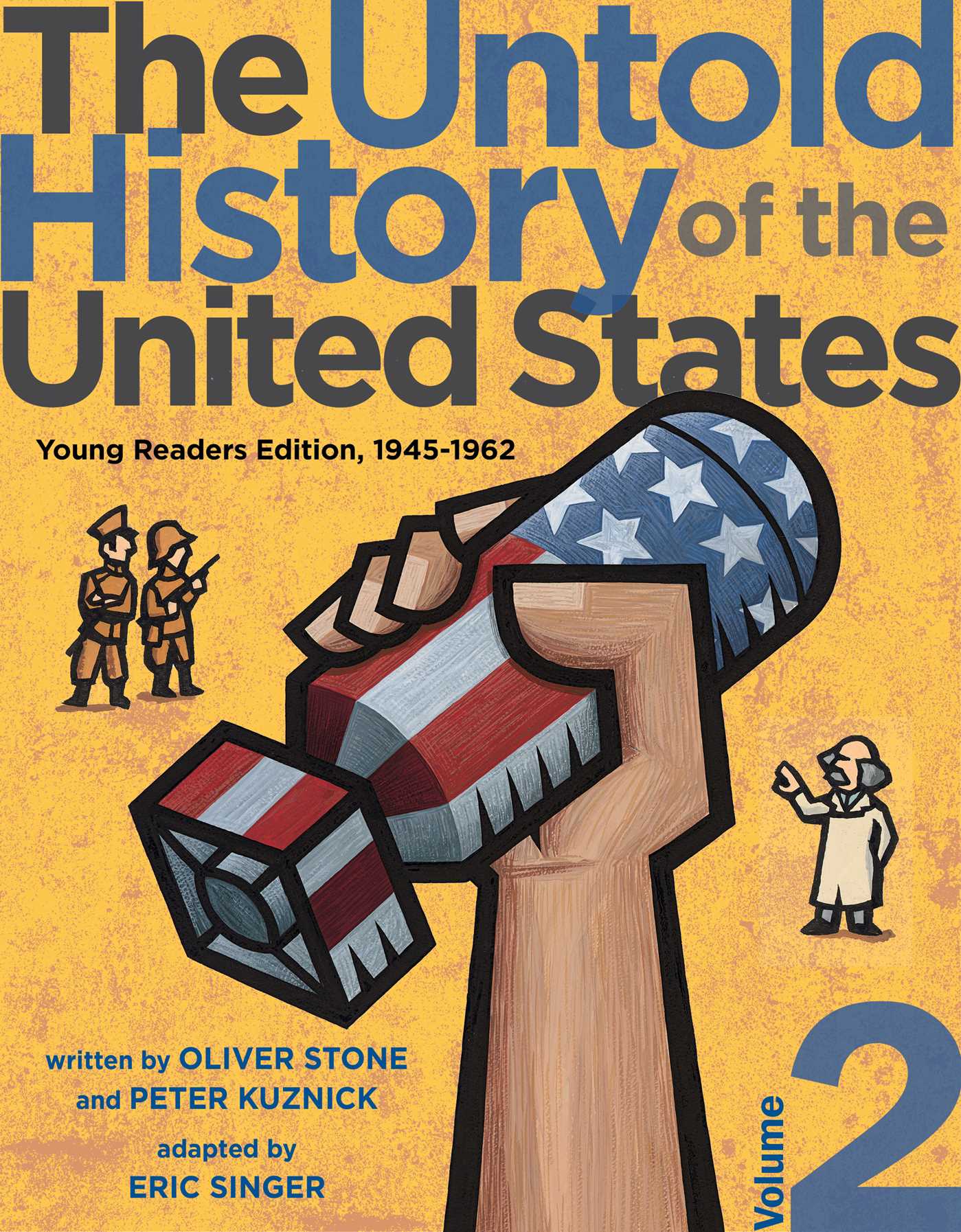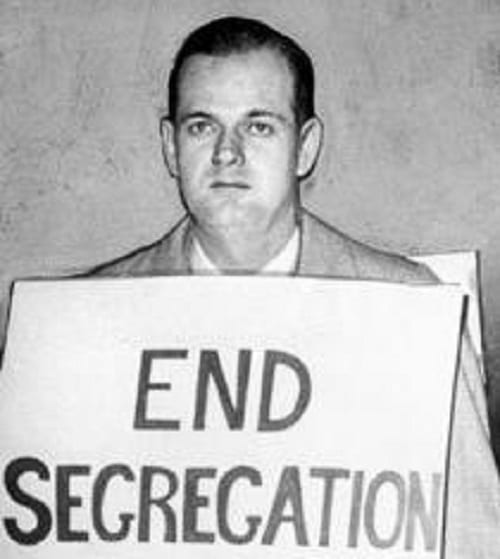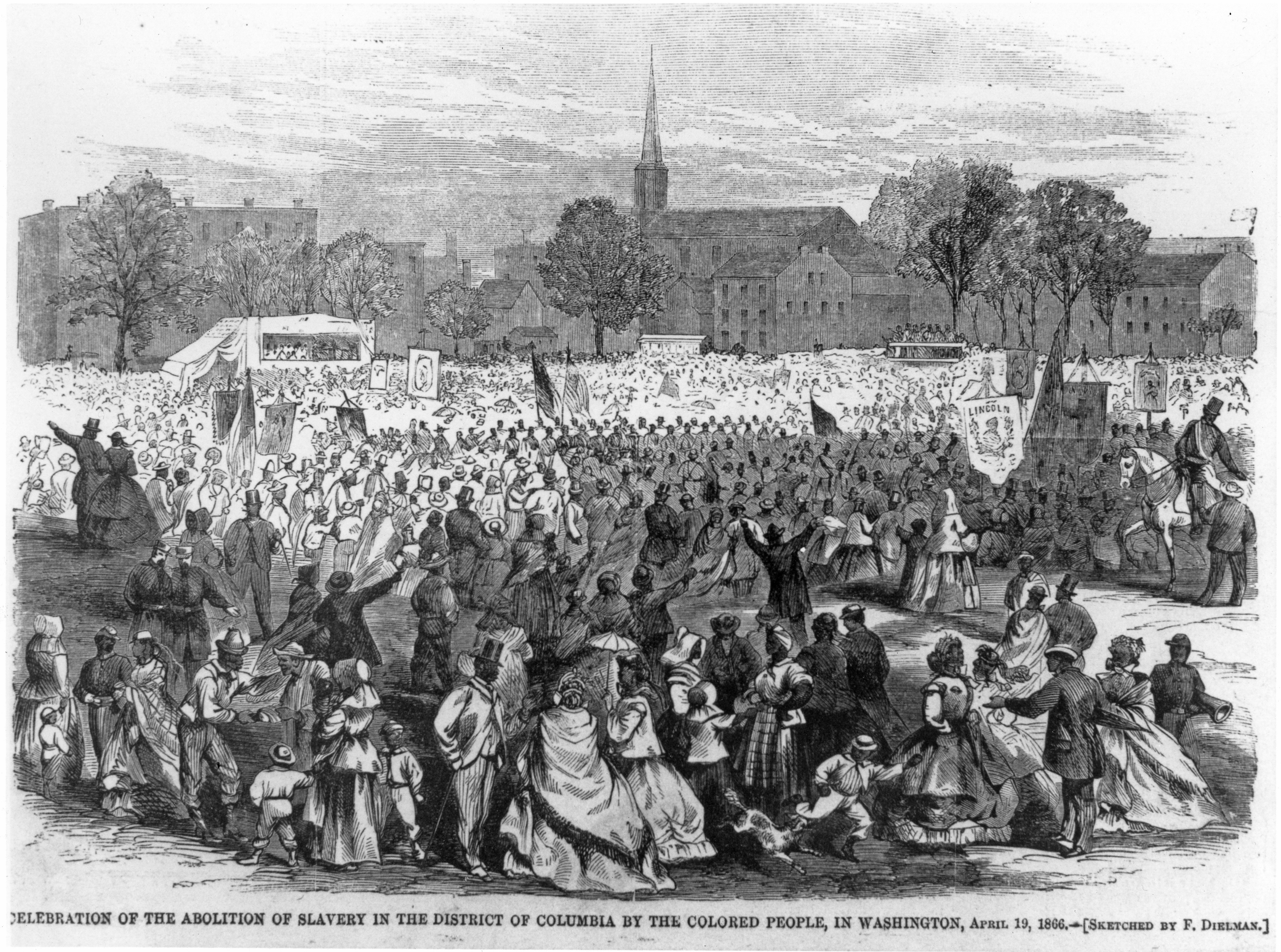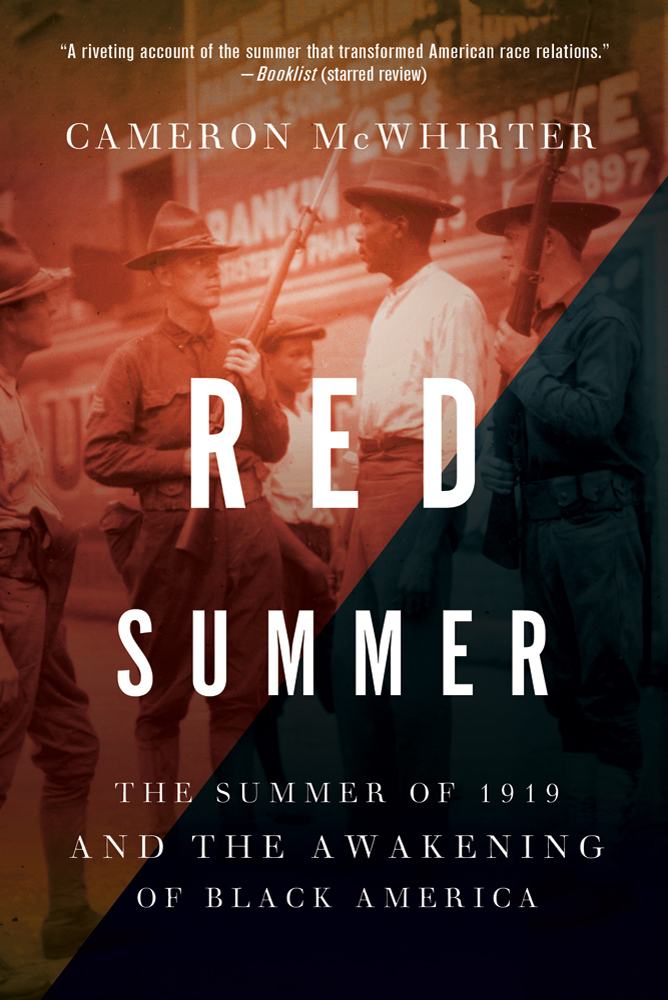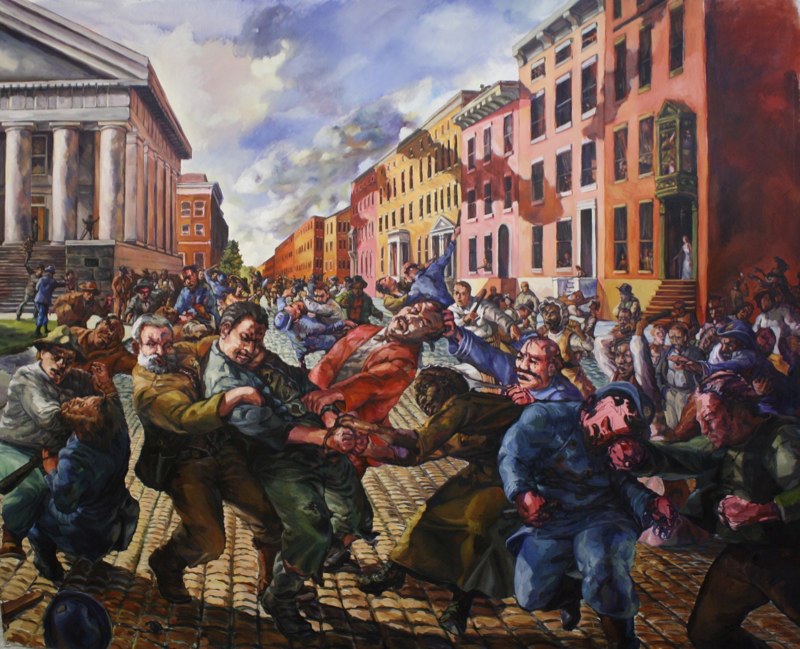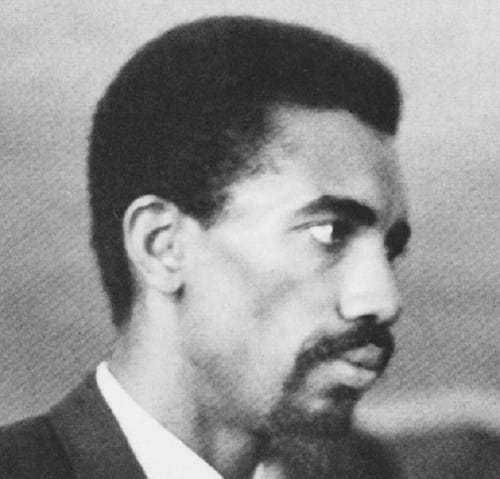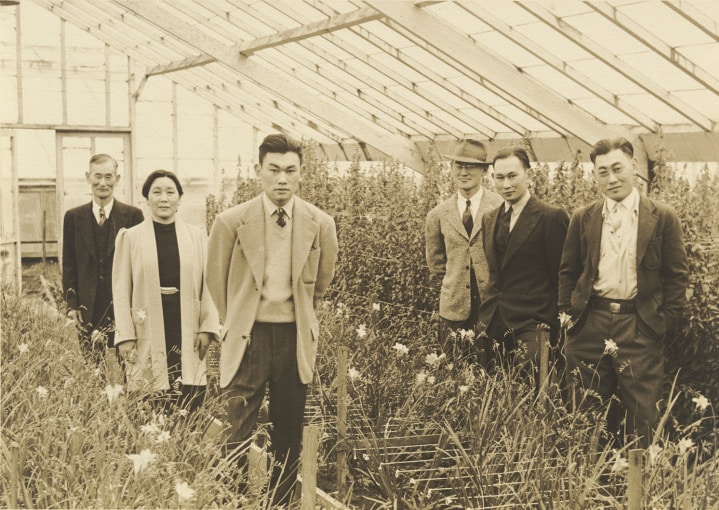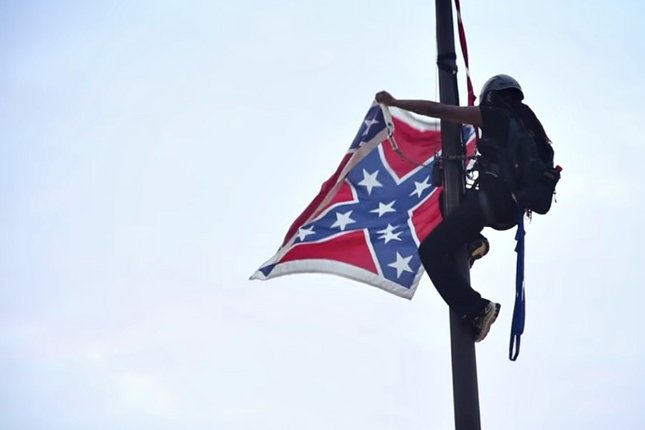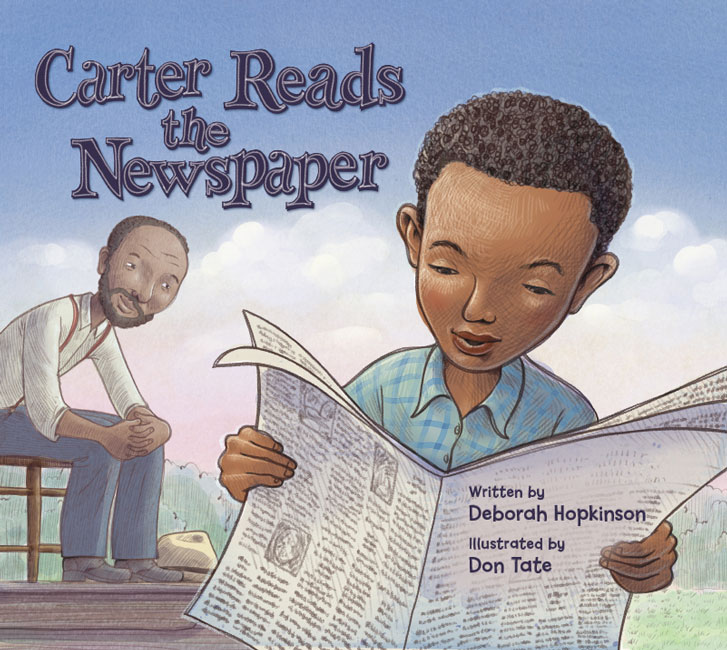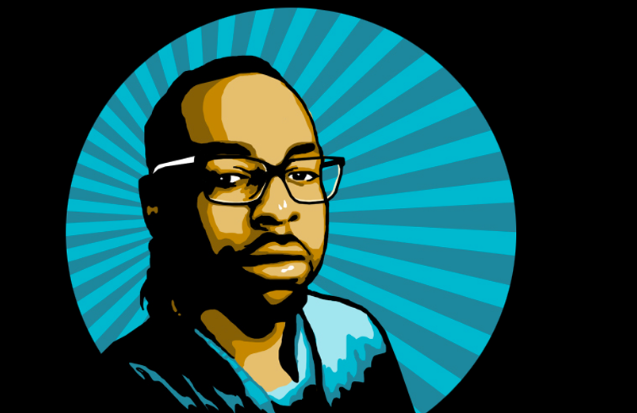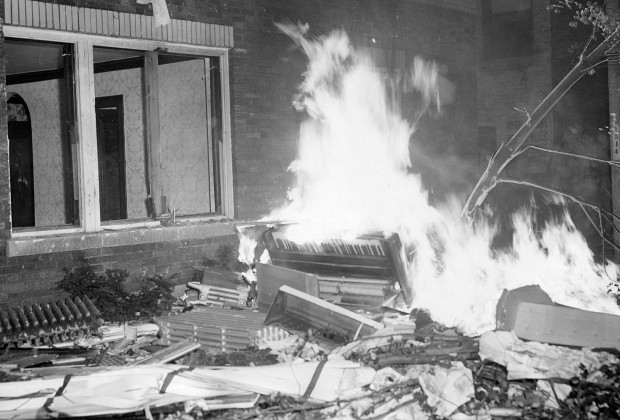More than 450,000 New York City school children boycotted school as part of a protest for quality schools for Black and Latino students.
Continue reading
White sailors ignited violent rioting in Charleston, South Carolina during the Red Summer of 1919. African Americans fought back, in self-defense.
Continue reading
A white mob of between 5,000 to 15,000 lynched African American Will Brown. The Army arrested mob ringleaders. Even though photographs identified them, all of the suspects were eventually released.
Continue reading
A group of white people rioted after forming a mob to lynch Maurice Mays, a Black man in custody on for the alleged (with no evidence) murder of a white woman in Knoxville, Tennessee.
Continue reading
Belinda Sutton petitioned the Massachusetts legislature for a pension as reparations for the wealth she produced and was stolen from her while she was enslaved.
Continue reading
A riot ensued after Louis Ruffin, an Army veteran, pulled out his gun to defend his family during an altercation between his father and two police officers.
Continue reading
Digital collection. Crowdsourcing project that provides access to information, through thousands of print advertisements, about freedom-seekers and their would-be enslavers in the 18th and 19th centuries.
Continue reading
Poetry. By Kathy Jetñil-Kijiner. 2017. 90 pages.
Poetry reveals the traumas of colonialism, racism, forced migration, the legacy of American nuclear testing, and the impending threats of climate change.
Continue reading
Book — Non-fiction. By Elizabeth Rush. 2019. 328 pages.
A book about the impact of climate change on U.S. communities and societies that privileges the voices of those too often kept at the margins.
Continue reading
Book — Non-fiction. By Erica Armstrong Dunbar and Kathleen Van Cleve. 2019. 272 pages.
This is the true story of Ona Judge who escaped from enslavement by George and Martha Washington.
Continue reading
Book — Non-fiction. By Carol Anderson. 2016.
An era-by-era account of how the policies and practices of white supremacy have morphed over time while maintaining the singular goal of undermining Black advancement.
Continue reading
Twenty-four enslaved Africans launched a rebellion in Manhattan, New York.
Continue reading
Little Bobby Hutton (age 17) of the Black Panther Party was shot dead by the Oakland police.
Continue reading
Film. Directed by Mark Lopez. Written by Mark Lopez and Richard Rothstein. 2019. 18 minutes.
An animated documentary of how the federal, state and local governments unconstitutionally segregated every major metropolitan area in the U.S. through law and policy.
Continue reading
Book — Non-fiction. By Oliver Stone and Peter Kuznick. Adapted by Susan Campbell Bartoletti and Eric S. Singer. Vol 1. 2014. 400 pages. Vol 2. 2019. 320 pages.
These are two volumes of illustrated histories, adapted for students from a documentary book and film of the same name.
Continue reading
William Lewis Moore, a white postal worker from Baltimore, was murdered on the road in Alabama during a one-person march for racial justice.
Continue reading
The federal government compensated the “owners” of enslaved people for their “loss of property.” The people whose labor and families were stolen for generations were not compensated nor given any assistance for the transition to freedom.
Continue reading
Book — Non-fiction. By Cameron McWhirter. 2012. 368 pages.
A chronicle of white supremacist violence in major U.S. cities across the nation after World War I.
Continue reading
Harriet Tubman helped rescue Charles Nalle, a fugitive from slavery in Virginia, in Troy, New York.
Continue reading
Henry Dumas, a critically acclaimed author, was fatally shot by the New York Transit police.
Continue reading
Fred Korematsu was arrested on a street corner in San Leandro, California for resisting Executive Order 9066, in which all people of Japanese descent were incarcerated in U.S. concentration camps.
Continue reading
While politicians debated the implications of taking down the Confederate flag after the white supremacist murder of nine African Americans at Emmanuel AME Church, Bree Newsome scaled the South Carolina state flag pole and took the flag down.
Continue reading
Picture book. By Deborah Hopkinson. Illustrated by Don Tate. 2019. 36 pages.
This picture book chronicles the young life of Dr. Carter G. Woodson, an Appalachian-born Harvard scholar and advocate for African American history. He founded Negro History Week in 1926 (which grew into Black History Month), the Association for the Study of African American Life and History (ASALH), and the Journal of Negro History.
Continue reading
Philando Castile, an African American, was shot to death by a police officer at a traffic stop in Falcon Heights, Minnesota. Castile had worked as a nutritional supervisor at an elementary school.
Continue reading
Thousands of white people rioted after a young Black couple moved into an apartment in Cicero, Illinois, west of Chicago. They firebombed the building, overturned police cars, and threw stones at firefighters who tried to put out the fire.
Continue reading

